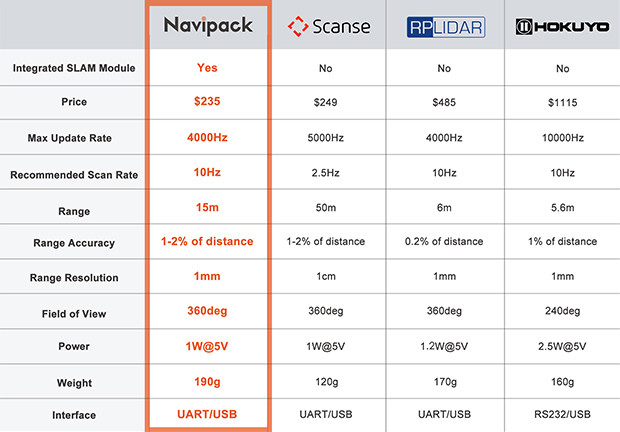“I had learned to do integrals by various methods shown in a book that my high school physics teacher Mr. Bader had given me. [It] showed how to differentiate parameters under the integral sign — it’s a certain operation. It turns out that’s not taught very much in the universities; they don’t emphasize it. But I caught on how to use that method, and I used that one damn tool again and again. [If] guys at MIT or Princeton had trouble doing a certain integral, [then] I come along and try differentiating under the integral sign, and often it worked. So I got a great reputation for doing integrals, only because my box of tools was different from everybody else’s, and they had tried all their tools on it before giving the problem to me.” (Surely you’re Joking, Mr. Feynman!)
Alright, let's dive into this beautiful, underappreciated beast: the Leibniz Integral Rule, the unsung hero of integration, the "Feynman's technique" that ain't got shit to do with quantum squiggles. We're talking about differentiating under the integral sign, that slick move that can turn a seemingly impossible integral into something you can practically solve in your goddamn sleep.
So, what the hell is this Leibniz Integral Rule? In its guts, it's about figuring out how the result of a definite integral changes when the limits of integration or the integrand itself depends on some other variable, let's call it α.
Imagine you've got an integral that looks like this:
Here's the goddamn magic: the Leibniz Integral Rule tells us how to find the derivative of this whole shebang with respect to α, i.e., dαdI. And it's a beautiful piece of calculus that lets you swap the order of differentiation and integration under certain conditions.
The rule states that:
Let's break down this glorious mess piece by goddamn piece:
-
∂α∂f(x,α): This is the partial derivative of the integrand f(x,α) with respect to the parameter α, treating x as a constant. This term accounts for how the integrand itself changes as α varies.
-
f(b(α),α)⋅dαdb: This part deals with the upper limit of integration, b(α), which can also be a function of α. We evaluate the integrand at the upper limit and multiply it by the derivative of the upper limit with respect to α. This tells us how the integral changes because the upper boundary is moving.
-
f(a(α),α)⋅dαda: Similarly, this handles the lower limit of integration, a(α), which can also depend on α. We evaluate the integrand at the lower limit and multiply it by the derivative of the lower limit with respect to α. This tells us how the integral changes because the lower boundary is moving. Note the minus sign here – it's crucial because the lower limit is the "start" of the integration.
When the Limits are Constant:
Now, here's where it gets particularly slick for solving those stubborn integrals. If the limits of integration a and b are constants (i.e., they don't depend on α), then dαda=0 and dαdb=0. In this case, the Leibniz Integral Rule simplifies to the much cleaner form:
This is the damn magic that Feynman loved. You introduce a parameter α into your integrand in a clever way, differentiate under the integral sign with respect to α, solve the resulting (hopefully easier) integral, and then, in the end, you evaluate your result at a specific value of α that corresponds to your original integral.
The Power:
The power of this technique lies in its ability to transform a difficult integral with respect to x into a potentially simpler integral with respect to x after differentiating with respect to a parameter α. Often, this differentiation with respect to α can bring down powers of x or introduce terms that make the integration with respect to x much more manageable. After you've integrated with respect to x, you're left with a function of α, which you then need to integrate with respect to α to get back to your original integral (plus a constant of integration that you might need to determine using a known value of the original integral for a specific α).
Conditions for Validity (Don't Be a Goddamn Fool):
Like any powerful tool, the Leibniz Integral Rule comes with some conditions you can't just ignore:
-
Continuity of f(x,α): The function f(x,α) must be continuous with respect to both x and α on the region of integration.
-
Continuity of ∂α∂f(x,α): The partial derivative of f with respect to α must also be continuous on the region of integration.
-
Differentiability of Limits: If the limits of integration a(α) and b(α) depend on α, they must be differentiable with respect to α.
If these conditions are met, then you're goddamn golden to swap the order of differentiation and integration.
Why the Obscurity?
As Feynman pointed out, it's a damn shame this technique isn't emphasized more. Maybe it's because it requires a bit of ingenuity in introducing the parameter α. It's not a plug-and-chug method like some basic integration rules. It demands a bit of creative thinking, a sense of how a parameter might simplify the integrand. But when it works, it works like a goddamn charm, turning integrals that would make seasoned mathematicians sweat into elegant solutions.
So, the Leibniz Integral Rule, or "Feynman's technique" (the non-quantum kind, you hear me?), is a powerful and often overlooked tool in the integrator's arsenal. It's about understanding how integrals behave when their guts change, and it can be the goddamn key to unlocking some of the toughest mathematical puzzles out there. Don't you forget it.













